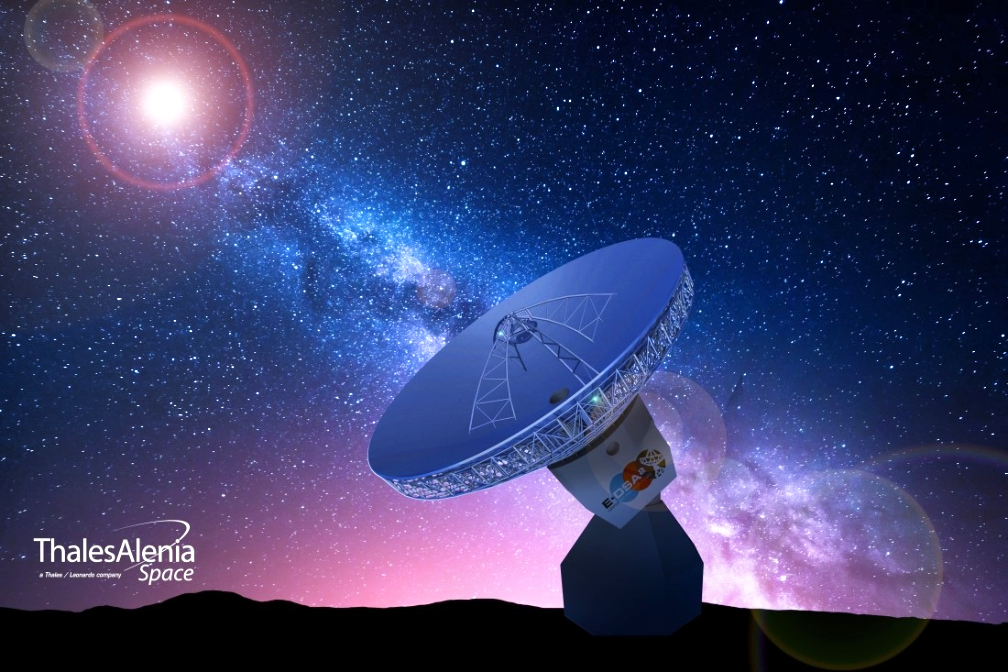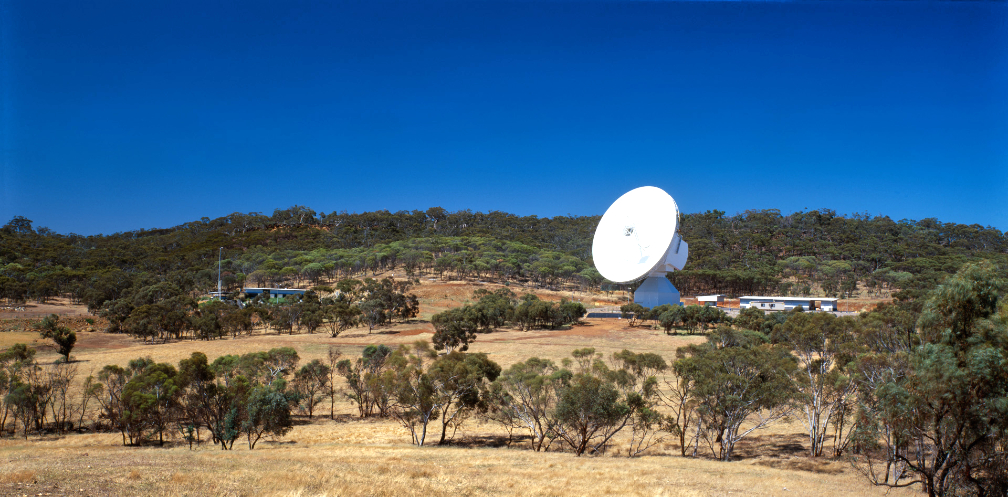
The European Alliance for Deep Space Antennas (E-DSA), formed by Thales Alenia Space, Schwartz-Hautmont and mtex antenna technology, has been selected by the European Space Agency (ESA) to supply a fourth, deep space antenna for the New Norcia ground station near Perth, Australia.

This new-generation, 35 meter antenna will enable ESA to increase its communications capacity in X-, K- and Ka-bands and to round out this network of antennas for tracking spacecraft and collecting science data from solar system missions, such as Exomars TGO, currently on-orbit around the Red Planet, and BepiColombo, en route for Mercury, as well as upcoming missions that include the Euclid astronomical observatory or the Juice mission to Jupiter, both set to launch in 2022.
New Norcia is part of ESA’s ESTRACK global network of ground stations. Thales Alenia Space is the consortium partner in charge of overall performance of the antenna, set for commissioning in 2024. The company will also be responsible for the antenna’s systems engineering, the overall system and equipment (RF, power, cooling, and so on).
The construction of this deep space antenna marks a first for Thales Alenia Space. The challenge is to pick up very faint signals and then boost them considerably for transmission from and to objects in deep space, to enable reception of science data and uploading of commands to space probes. Thales Alenia Space will be relying on Thales’ expertise in Australia to finalize the terms of the civil engineering contract and oversee its execution, and on lessons learned by Telespazio, in charge of the maintenance of one of the three ESA antennas for deep space communications in Malargue, Argentina.
The high-performance New Norcia ground station comprises an antenna weighing more than 600 metric tons, employing cutting-edge technologies including 20-kW high-power amplifiers (HPA) and low-noise amplifiers (LNA) cryogenically cooled to –260 C. It is aiming for optical efficiency of more than 90% and pointing precision of 6 millidegrees in all weather conditions.
“We’re extremely proud to have been selected by ESA for this project, which marks a new challenge for Thales Alenia Space,” noted Marc-Henri Serre, Thales Alenia Space Executive Vice-President, Telecommunications. “Building a consortium with a strong European footprint to attain excellence in the cutting-edge field of deep space antennas was key to winning this contract. With this first success for the E-DSA2 consortium, we can look forward to positioning this alliance for the long term in the institutional market and beyond.”
Additional details regarding the ESTRACK antenna network are available at this direct infolink… Access EstrackNOW to follow ground station activity in real-time.

